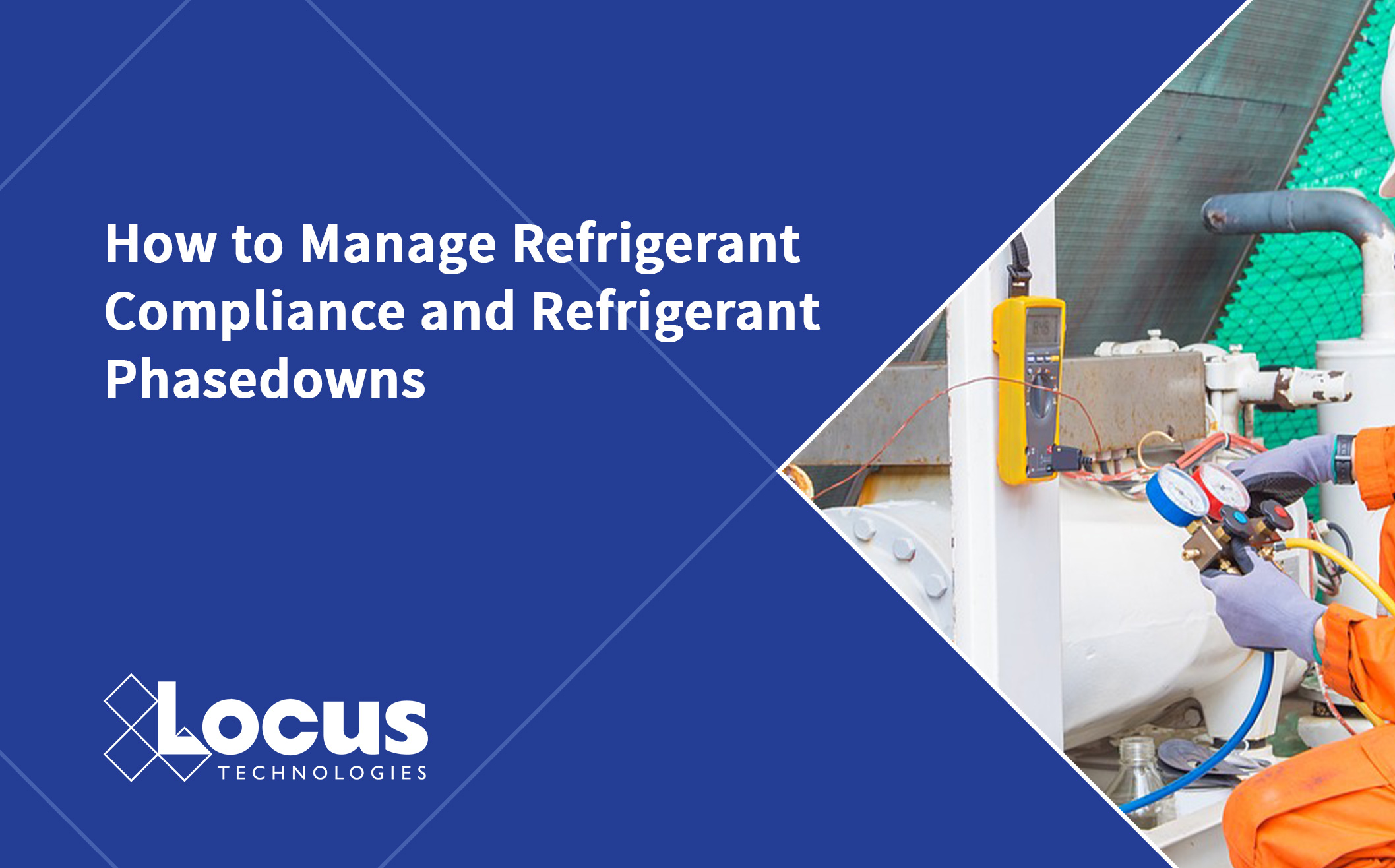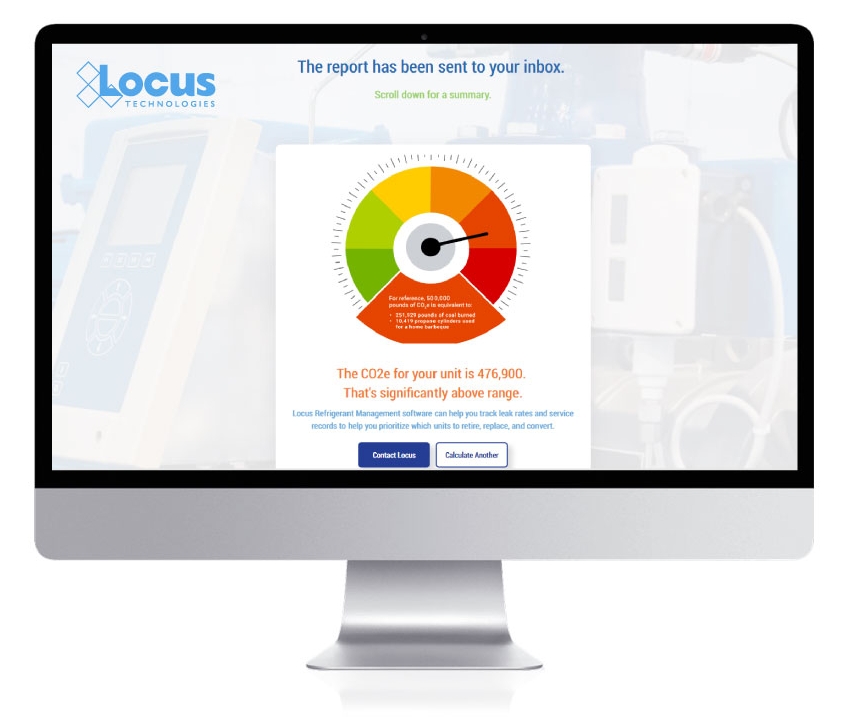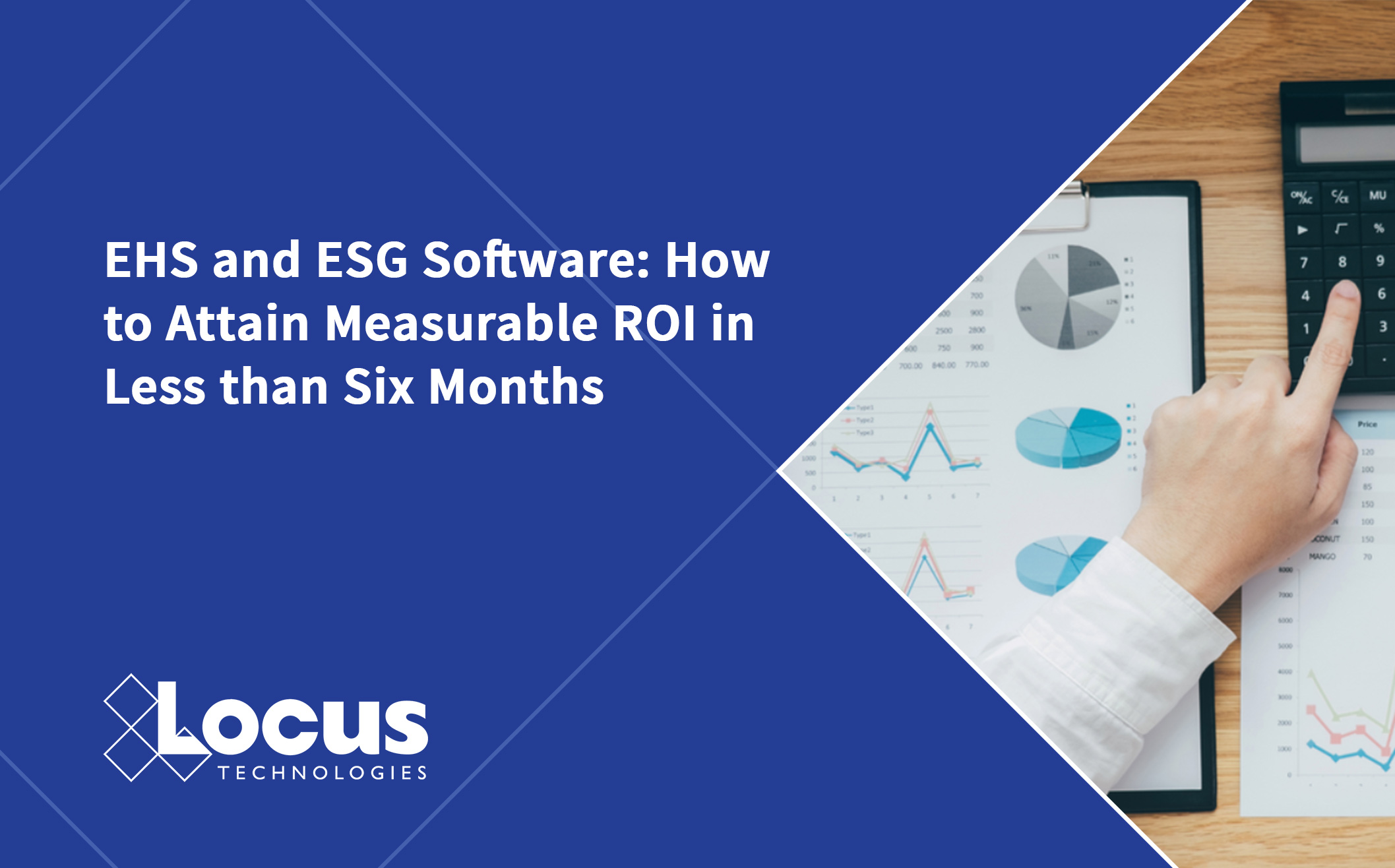
Reading Time: 2 minutes
Facility operators, environmental managers, and HVAC contractors know that change is coming. I’m frequently asked for guidance on refrigerant compliance and refrigerant phasedowns, especially how to use software to simplify the work.
I casually refer to this period – from now until January 1, 2026 – as the “HFC Holiday.” That’s because at this moment, repairs are not required on systems with HFC refrigerants (the high global warmers). It’s almost like a license to leak. And there’s currently no reporting mandate either. But the “HFC Holiday” is nearing its end.
In a matter of weeks, systems and circuits with 15 or more pounds of refrigerant will require leak repairs, leak rates, and leak reporting. Specifically, all refrigerants above 53 GWP are included. This equates to pretty much all of them. That means tracking many more systems and service records than before.
Facility owners and operators, facility managers, environmental managers, technicians, HVAC contractors will all feel the heat in some way. But refrigerant compliance software can dramatically ease the burden and provide key metrics to achieve targets.
Metrics are valuable ways to gauge critical values and progress. Managing the increased workload and records from these regulatory changes requires automated tools to manage the volume of information.

Refrigerant management metrics include:
- The number of appliances at a facility that contain refrigerants (15 lbs. and up)
- Details on the refrigerant type and GWP, quantity, circuits, CO2e (Try our free Refrigerant Calculator)
- Leakage as a percentage of refrigerant charge
- Leak Rate percentage calculations for appliances
- Quantities of leaked refrigerants
- Service records by appliance.
These metrics require data that is collected in the field. Professional certifications require contractors and technicians to provide detailed information in the service records they provide. These detailed service records are the “Kevlar vest” that techs and owners need to protect themselves — to prove compliance with required practices.
Whatever system they use, spreadsheets or purpose-built, mobile-friendly refrigerant management systems, the owner needs to maintain data and all of those calculations mentioned above. In a word: metrics.
So, achieving refrigerant compliance and meeting refrigerant phasedown targets requires having a firm grasp on a lot of metrics and a lot of supporting data and calculations. Compliance is further simplified when your refrigerant management software provides service records in real time and sends automated email alerts to managers and technicians when critical details or services are missing. Another important tool to look for is “safety net” emails that provide Days Left Countdowns with reminders to ensure repair deadlines are met.
While the HFC Holiday is ending, refrigerant compliance software like Locus can help facilities quickly respond to new, more stringent regulations.
To learn more about refrigerant management methods and the systems available, please contact Mark Harbin, harbinm@locustec.com.
Mark Harbin, CEA, CRCM
Senior Implementation Consultant
Mark Harbin is the Senior Implementation Consultant at Locus Technologies and the company’s in-house expert on refrigerant management and compliance. Mark contributes to the development of Locus Refrigerant Management software and advises Locus clients on their implementation of environmental and sustainability software. He also leads the Certified Refrigerant Compliance Manager (CRCM) course in partnership with the National Registry of Environmental Professionals (NREP), and he is a frequent author and speaker on ozone depleting substances and high global warming potential (GWP) refrigerants.
Mark spent 14 years in the commercial/industrial HVAC industry, and he has contributed to numerous energy retrofit and refrigerant conversion projects across the US. He later pivoted to a career in refrigerant management product development, consulting, training, and certification for organizations in all sectors, and joined Locus Technologies in early 2024. Mark earned a business degree from Arizona State University, and he is a licensed HVAC contractor in Arizona, an EPA Certified Technician – Universal, a Certified Environmental Auditor (CEA), a Certified Environmental and Safety Compliance Officer (CESCO), and a CRCM through the NREP.
Locus is the only self-funded water, air, soil, biological, energy, and waste EHS software company that is still owned and managed by its founder. The brightest minds in environmental science, embodied carbon, CO2 emissions, refrigerants, and PFAS hang their hats at Locus, and they’ve helped us to become a market leader in EHS software. Every client-facing employee at Locus has an advanced degree in science or professional EHS experience, and they incubate new ideas every day – such as how machine learning, AI, blockchain, and the Internet of Things will up the ante for EHS software, ESG, and sustainability.



